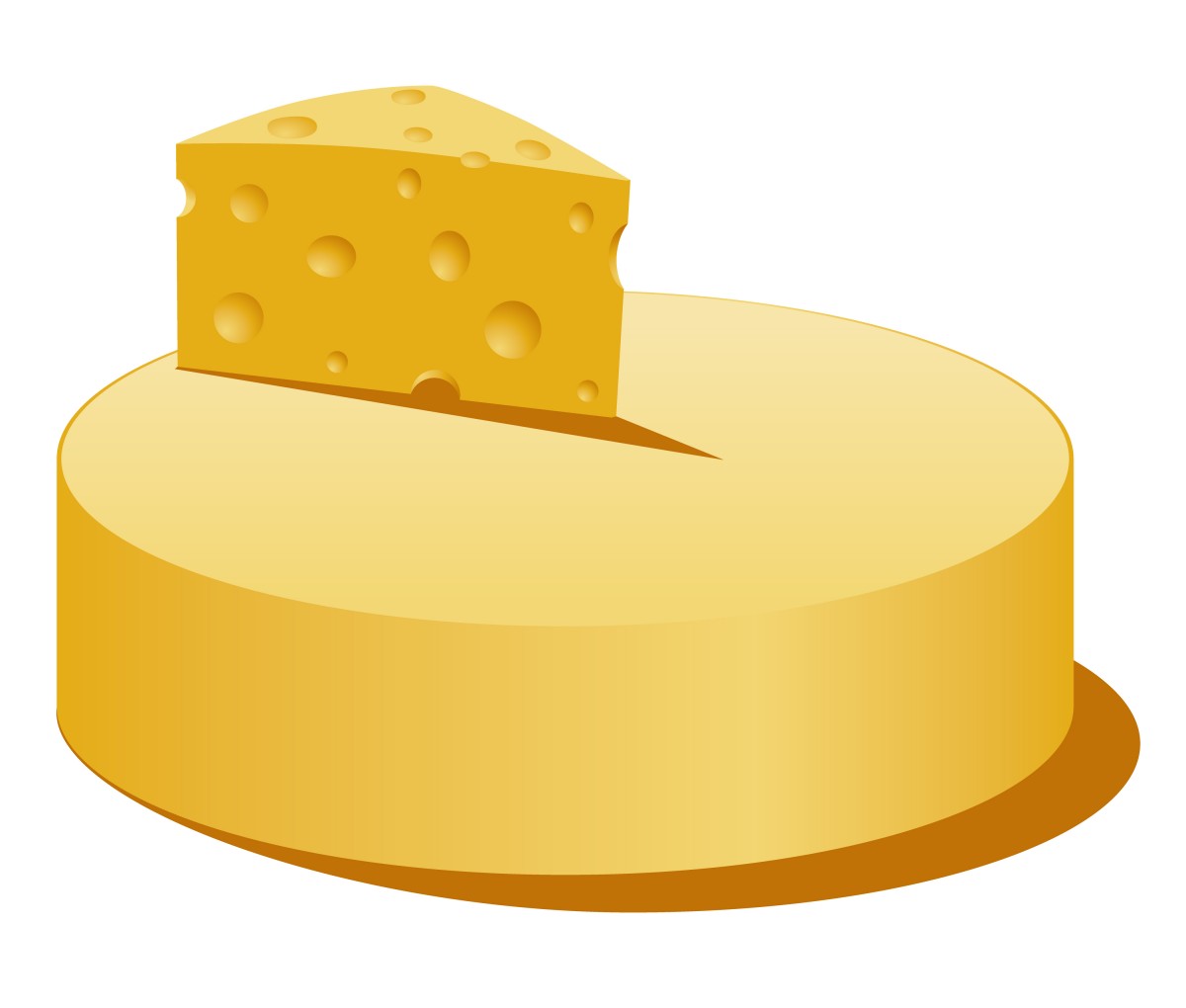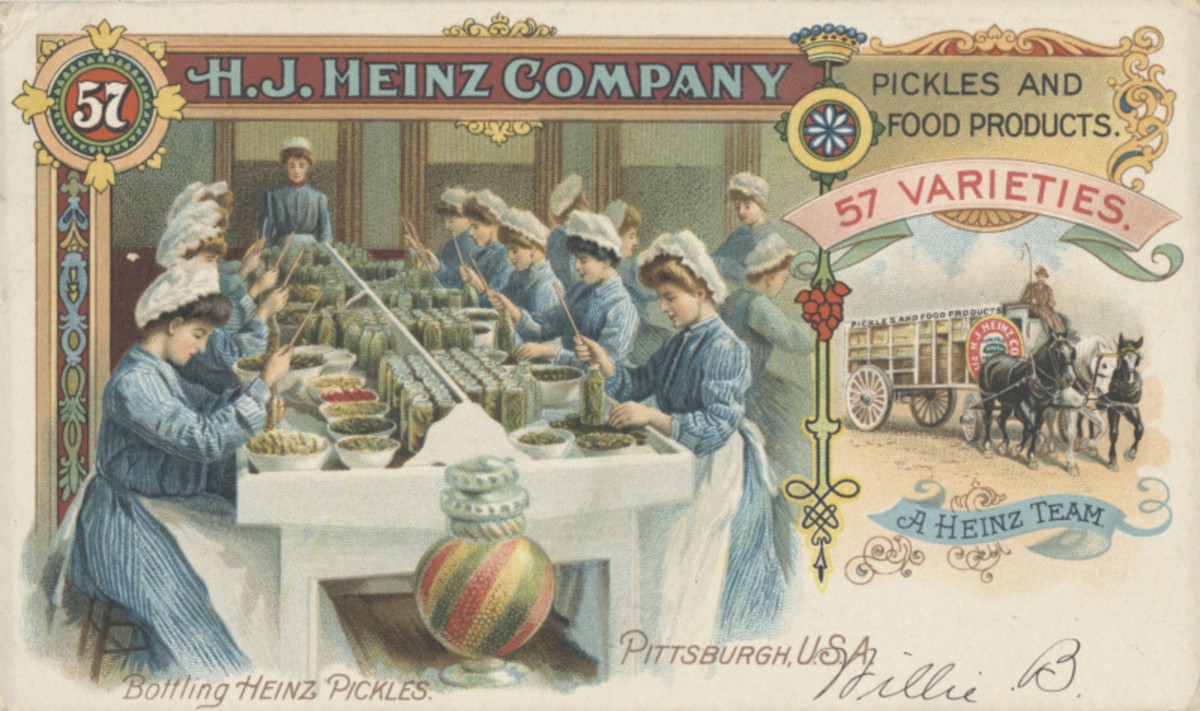
The science of animal product alternatives has been making crazy strides in recent years. I remember a time when going veg meant sentencing yourself to a life of endless tofu and bulgur salads. But today’s offerings, like 3D printed vegan “meat” and alt-milks galore, are getting increasingly tough to tell apart from the real thing – even for curious carnivores.
A U.K. company called Better Dairy is now taking that mimicry to the next level: Instead of just approximating taste and mouthfeel, they say their proposed yeast-based cheese alternative is “molecularly identical” to actual dairy cheese. The crew’s main motivation is to reduce the heavy burden that dairy farming has on our natural environment. Though still in the R&D phase, the company has seen a recent influx of funding, to get them closer to replicating complex hard cheeses. But how does this delicious science work?
yeast-based cheese alternative is “molecularly identical” to actual dairy cheese. The crew’s main motivation is to reduce the heavy burden that dairy farming has on our natural environment. Though still in the R&D phase, the company has seen a recent influx of funding, to get them closer to replicating complex hard cheeses. But how does this delicious science work?
“Although plant-based alternatives are gaining popularity, [Better Dairy CEO Jevan] Nagarajah argues that they are not a complete solution, often lacking in flavour, texture and nutritional profile. And while they might be able to capture market share, he doesn’t believe plant-based alternatives to dairy will be successful in ‘radically’ disrupting the existing $700 billion dairy industry and supply chain. That’s where Better Dairy comes in.
‘We are instead using yeast fermentation and biology to produce products that are molecularly identical to traditional dairy,’ he explains. ‘We follow a process very similar to beer brewing but the end result in our case is large vats of dairy instead of beer. This production process, while seemingly futuristic, is actually already being used to produce several enzymes for food production, for example rennet, as well as to produce numerous medical products such as insulin, so we are just building on this.’”
The fact this cheese would have the same look, flavour, nutrition, and lactose levels as cow milk cheese, just… minus the cow, is simultaneously heartening and mind-blowing. I consider a product like this as similar to, say, plant-based meat alternatives being rolled out at fast food places: That is, not something established veg folks might be interested in, but there to convert people who like the meat to a more sustainable diet. The technology already seems like Star Trek to me; I wonder what the next 10 years will look like for the industry – and our plates!
Like anyone who has ordered takeout sushi or Chinese food even once in their lives, I have a kitchen drawer full of the disposable chopsticks that always come with. Besides using one in a pinch as a shim or plant stake, I’ve never seriously thought about their reuse value. And, since they’re usually manufactured out of highly sustainable bamboo, I don’t have that pang of regret when I throw them out after polishing off that leftover cashew chicken. But it seems I’ve been sleeping on an untapped resource! In a recent profile, the always-satisfying Gastro Obscura introduced me to decor and furniture startup ChopValue. The Vancouver-based company transforms 350,000 used bamboo chopsticks from local restaurants each week and processes them into sleek items like shelves, cutting boards, and even office desks.
sleeping on an untapped resource! In a recent profile, the always-satisfying Gastro Obscura introduced me to decor and furniture startup ChopValue. The Vancouver-based company transforms 350,000 used bamboo chopsticks from local restaurants each week and processes them into sleek items like shelves, cutting boards, and even office desks.
I admit my first question was about how they clean them; I definitely don’t want soy sauce residue lacing my breadboard. Author Diana Hubbell figuratively breaks it down (as ChopValue does literally):
“To remove any trace of food waste, the chopsticks are first coated in a water-based resin, then sterilized at 200 degrees Fahrenheit in a specialized oven for five hours. A hydraulic machine then breaks the wood down into a composite board, which is sanded, polished, and lacquered as necessary. ‘This material is then the core piece for everything from desks and table tops to home decor,’ [founder Felix] Böck says.”
Böck estimates that, since ChopValue’s inception in 2016, the company has prevented over 50 million pairs of chopsticks from ending up in landfills. In addition to those hefty moral points, they score design points as well: Their items look stylish and solid, with a gentle visual echo of their humble origins in the finish. I’m really impressed by this example of the circular economy in action. Now, let’s see if we can get on top of takeout-containers-as-purses, and plastic-forks-as-keychains, ASAP!

From the space opera that was Heinz’s extraterrestrial ketchup, we turn to more earthbound matters and consider the condiment giant’s marketing magic. While considerably less sci-fi, this story is no less fun, as a recent deep dive into the history, mystery, and numerology of the brand’s fabled “57 varieties” shows!
That pleasingly odd number is supposedly the count of the different types of pickles, relishes, ketchups, etc. Heinz offers. It must have some basis in fact, right? Otherwise, why would such a big company be so willing to keep it central to their identity since the slogan’s invention in 1896? CNN Business sleuth Nathaniel Meyersohn uncovers Heinz’s open secret: That founder H.J. Heinz made it all up.
right? Otherwise, why would such a big company be so willing to keep it central to their identity since the slogan’s invention in 1896? CNN Business sleuth Nathaniel Meyersohn uncovers Heinz’s open secret: That founder H.J. Heinz made it all up.
Theories abound as to why the Pittsburgh ketchup magnate did this: He’d seen an ad for 21 different kinds of shoes that made the brand stick in his mind; his lucky number was five and his wife’s, seven; seven had an “alluring” and “mystical” significance, as he wrote in his autobiography. What started as a savvy instinct quickly became part of the zeitgeist. And Heinz bought into their own myth.
“When Joe DiMaggio’s record hit streak ended at 56 games in 1941, the Yankees star reportedly told a teammate that he missed out on $10,000 promised to him by Heinz if he matched its label. […]
Then there’s the Heinz 57 sauce for steak, chicken and pork, which was memorialized by Jimmy Buffet’s ‘Cheeseburger in Paradise’: ‘I like mine with lettuce and tomato, Heinz 57 and French fried potatoes.’
Noel Geoffrey, who led the Heinz ketchup division from 2008 to 2011, said 57 was ‘like a good luck charm; at the company. The telephone number for the main switchboard at its previous headquarters – the Heinz 57 Center – was, of course, 57. In 2001, the company paid the Pittsburgh Steelers $57 million over 20 years for naming rights to the stadium.”
Like Baskin-Robbins’ “31 flavours” and Kellogg’s “2 scoops” of Raisin Bran, Heinz invented their own mythology, and it’s worked for them. And works still: Even though they have a rotating roster of products that emphatically don’t number 57, the slogan is still prominent on their labels. I don’t think DFC will start numbering our sauces, but Heinz’s history has opened my eyes to what a little dollop of imagination can do for a brand!